The Labyrinth and Dark Crystal artist exclusive interview
We take a peak at some of the creatures that appear in the artist’s new book, Brian Froud’s Faeries’ Tales and speak directly to the artist about his colourful career.
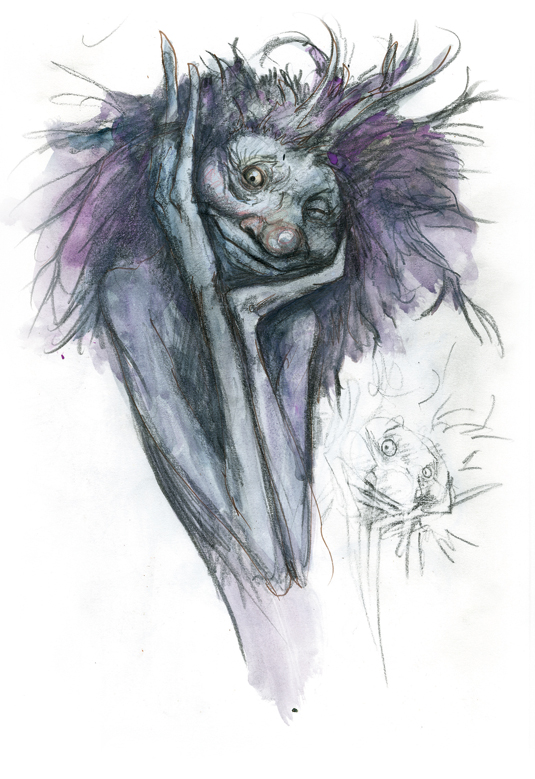
Brian Froud began his career in book illustration. He went on to design the award-winning and cult films The Dark Crystal and Labyrinth for Jim Henson.
He has exhibited in museums and galleries throughout the world, and been the recipient of many awards including the Hugo award, Chesley and Inkpot as well as the American Society of Illustrators. Creative Bloq caught up with the cult artist to talk all things small and magical...
Where did you grow up and how has this influenced your art?
I grew up in Hampshire, southern England, in a place called Yately. It was a small country village, and my school was surrounded by trees and scrubland.
This is where I found adventure, by exploring the hidden, secret places. I felt so at home in such a liminal place. I won five shillings in a local art competition – this seemingly vast sum of money sparked my interest in art (and money still does!)
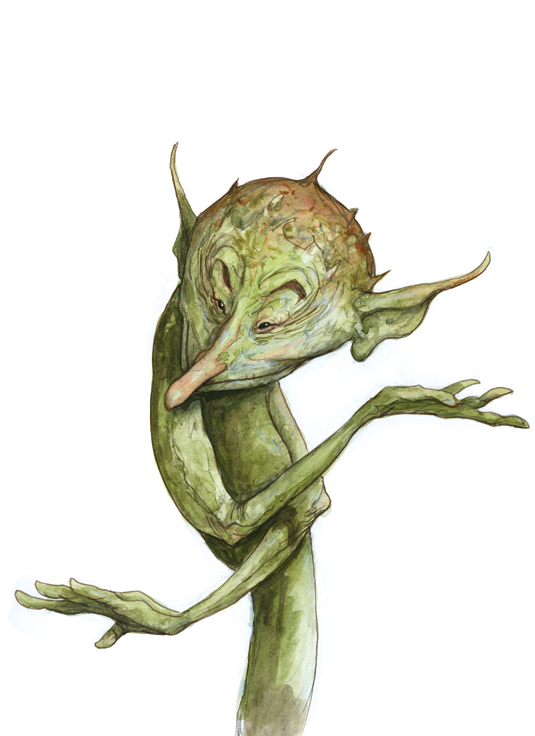
You're a kid and you see some art that changes everything… what are you looking at?
It's a sculpture – a large bronze of Alfred the Great – in Winchester. It is dramatic. He stands nobly with his sword in hand. He seemed to connect me to a powerful past, to the aspect of the hidden land of England itself. I have continued to explore this ever since.
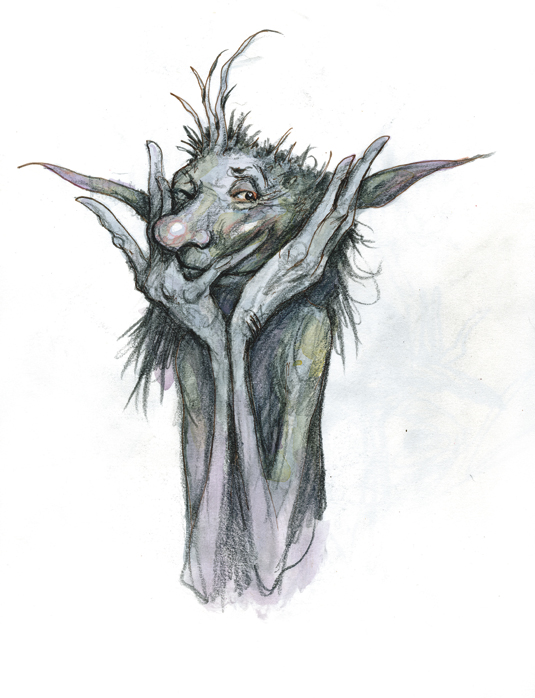
Someone who helped you on your way?
John Penny was a teacher at my grammar school. He spotted my talent which I didn't know I had, encouraged me in my work, and showed me around my local art school in Maidstone. This was a revelation of oil paint fumes, purple-haired models (Quentin Crisp) and huge paintings of Mick Jagger and Eric Clapton. I had found my home.
And did anyone try to get in your way?
I won't name him, but there was someone – he was an art director – but he didn't succeed. He said that I'd never work for him again, but later, because of my growing success, he worked with me on four career-defining projects.
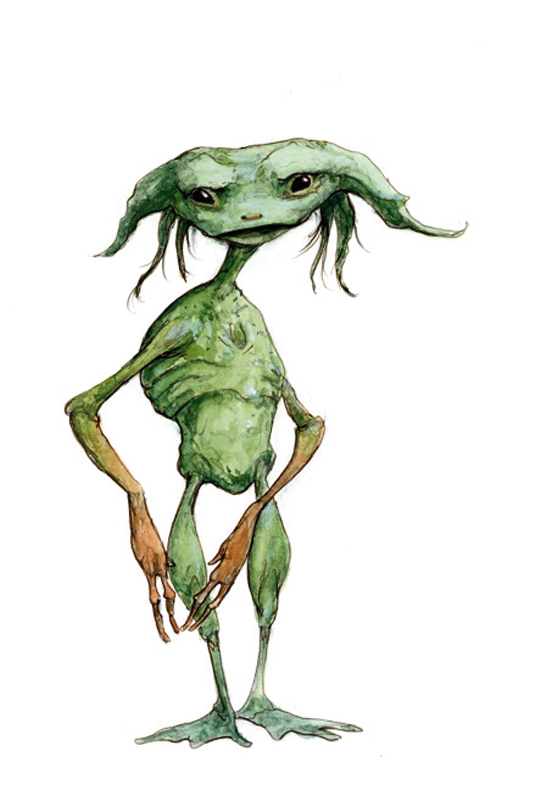
What are your painting rituals?
I start at nine in the morning – worry, make coffee, fret, make coffee, despair, have a glass of wine – until five pm. Other days I take off and go shopping.
Is your art evolving? What's the most recent experiment you've made?
Absolutely. I'm going deeper into the inner structures, the rhythms of my art, trying to allow them to be revealed on the surface of the image, making fluid paint strokes that evoke spirit.
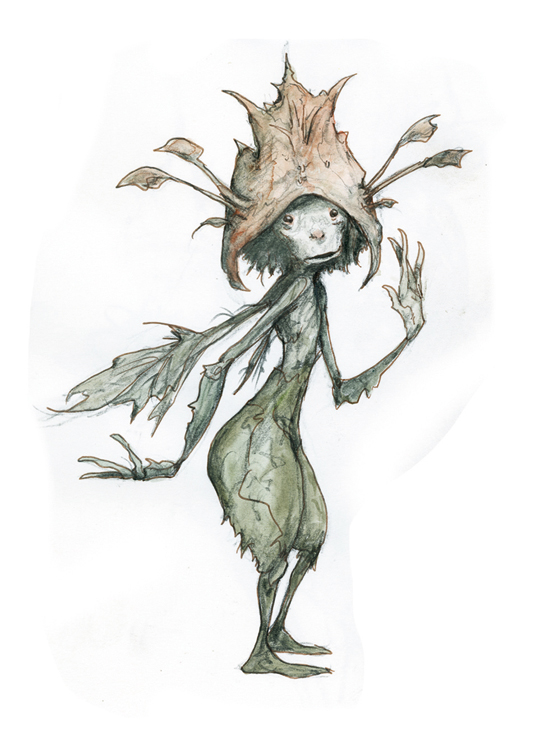
What advice would you give to your younger self to aid you on the way?
That it's okay, everything will be alright, and no decision goes disastrously wrong. Be true to your own vision, not someone else's.
It'll be a difficult and sometimes lonely path, but there's no other way. Be kind to yourself about whether you are good or bad: your duty is to do it and keep going. Believe that sometimes your art does reveal truth.
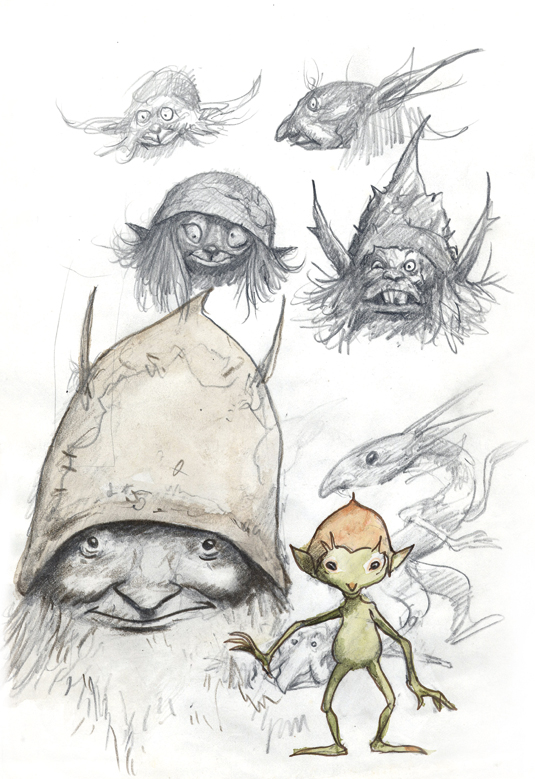
How has the industry of fantasy art changed for good since you’ve been working in it?
Fantasy art used to slumber within books and then rest on book and record covers. Now, with new technologies used in games and films it's on new, feverish journeys.
Fantasy images writhe and explode across the eyes of many more viewers than before. It's more mainstream to our culture.
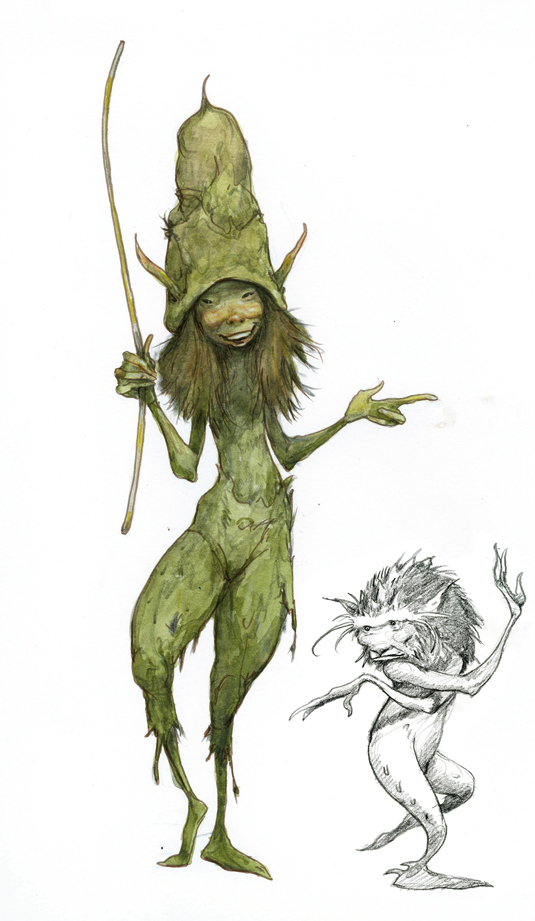
What annoys you about the industry?
It's too shiny: much is overwrought and over-rendered. More is not necessarily better. In its desire to be more realistic, it's in danger of going the opposite way and becoming divorced from reality. What's missing is meaning or connection.
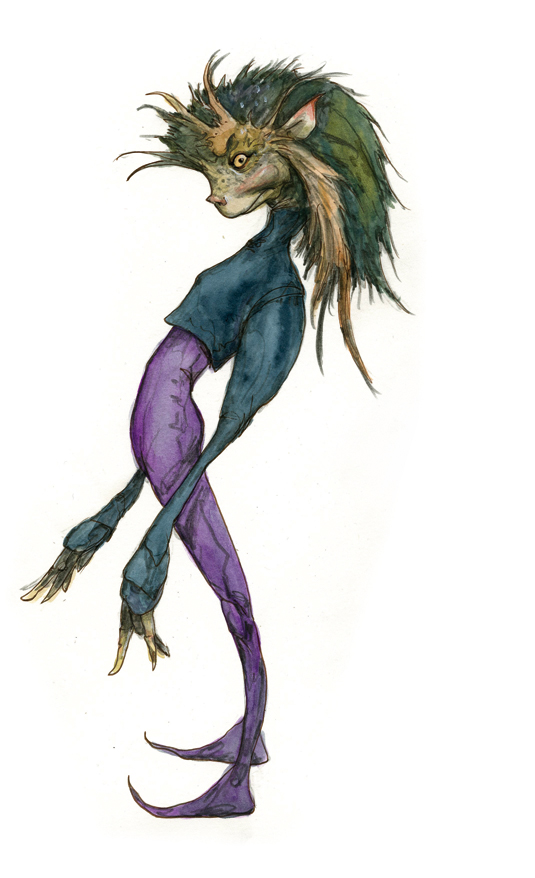
Why is the fantasy art industry still the best place to be working?
Modern art has abandoned so much. It's only in fantasy art where technical skills and inspiration are in service to images that engage; where passion for ideas flourish; where metaphor and poetic thought are valued; where drama and story are still thought to be essential in elucidating the human mind and its relationship with the world.
At its best, fantasy art is not a retreat from the world, but an expressive re-engagement.
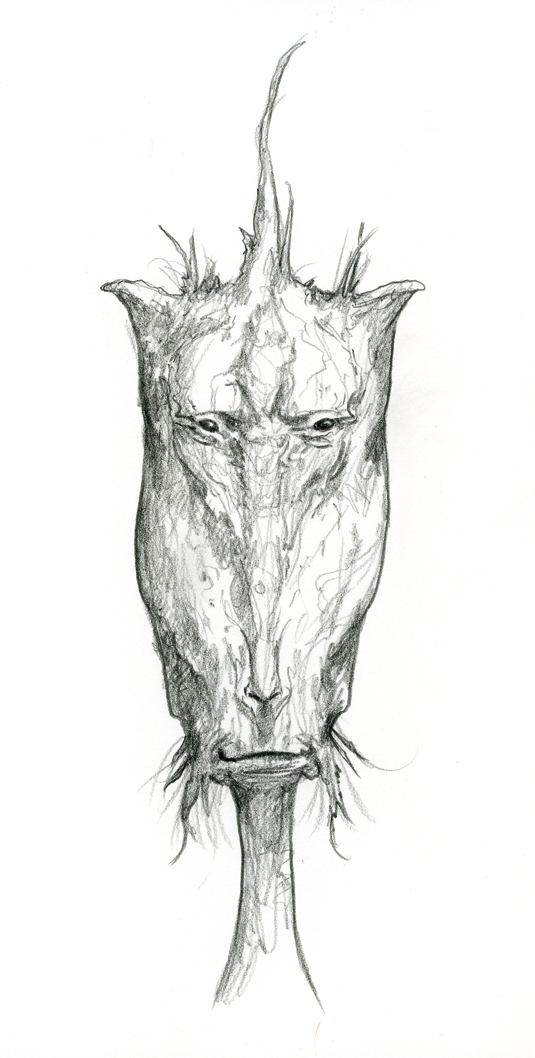
Words: Brian Froud
Brian Froud has made his name with his unique faerie art. His designs were showcased in the classic films Labyrinth and The Dark Crystal. This article originally appeared in ImagineFX magazine issue 113.

Thank you for reading 5 articles this month* Join now for unlimited access
Enjoy your first month for just £1 / $1 / €1
*Read 5 free articles per month without a subscription

Join now for unlimited access
Try first month for just £1 / $1 / €1
Get the Creative Bloq Newsletter
Daily design news, reviews, how-tos and more, as picked by the editors.

The Creative Bloq team is made up of a group of art and design enthusiasts, and has changed and evolved since Creative Bloq began back in 2012. The current website team consists of eight full-time members of staff: Editor Georgia Coggan, Deputy Editor Rosie Hilder, Ecommerce Editor Beren Neale, Senior News Editor Daniel Piper, Editor, Digital Art and 3D Ian Dean, Tech Reviews Editor Erlingur Einarsson, Ecommerce Writer Beth Nicholls and Staff Writer Natalie Fear, as well as a roster of freelancers from around the world. The ImagineFX magazine team also pitch in, ensuring that content from leading digital art publication ImagineFX is represented on Creative Bloq.
